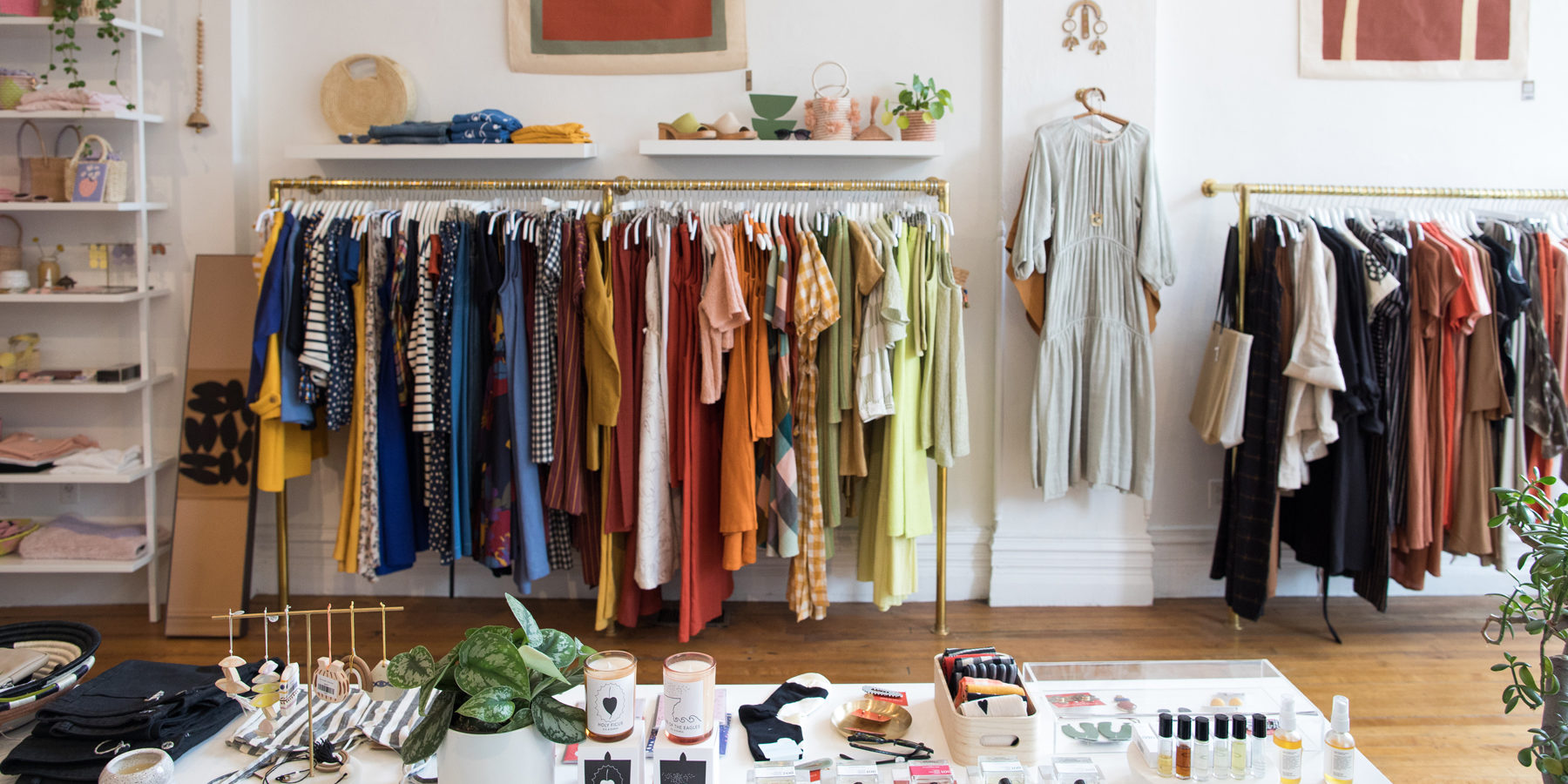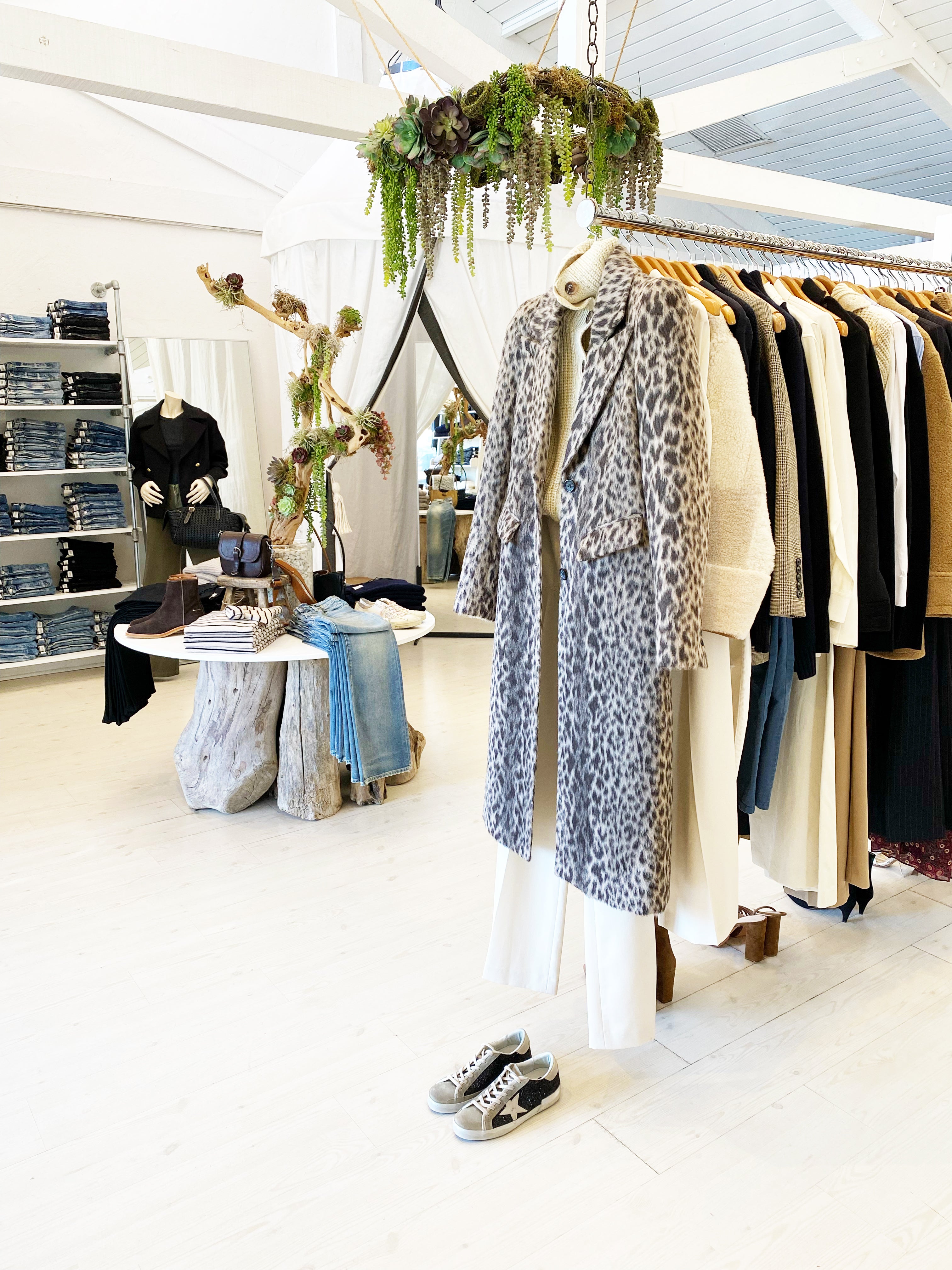Why Boutique Fashion is the Ultimate Choice for Special Design
Why Boutique Fashion is the Ultimate Choice for Special Design
Blog Article
Discovering the Evolution and Influence of Clothes on Modern Style Trends
The advancement of apparel has substantially affected modern style fads, combining historical precedents with innovative developments. Iconic numbers like Coco Chanel and Yves Saint Laurent revolutionized the style sector by introducing principles that focus on comfort and accessibility, which remain to reverberate today. Technical strides in areas such as 3D printing and smart textiles are redefining style possibilities and customer experiences (boutique fashion). In addition, the growing focus on inclusivity and sustainability is improving sector requirements. As we consider these diverse impacts, one must doubt exactly how these components collectively redefine style's duty in showing and forming contemporary society.
Historical Fashion Influencers
In the tapestry of style background, certain numbers have left an enduring mark, forming the fads and designs that specify whole ages. Coco Chanel, an advanced designer, redefined females's fashion by introducing comfy, classy apparel that departed from limiting bodices.
Elsa Schiaparelli is another pivotal number, renowned for her avant-garde layouts that included surrealist art, teaming up with Salvador Dalí to create whimsical items that tested traditional aesthetics. Her cutting-edge usage of color and vibrant patterns reverberates in contemporary style. Yves Saint Laurent, meanwhile, democratized haute couture with prêt-à-porter collections, bringing path designs to the masses and setting a precedent for modern-day ready-to-wear lines.
These visionaries, to name a few, not only changed fashion in their times however also set sustaining trends that reverberate in today's style sector, providing a foundation upon which modern-day designers proceed to innovate and build. Their heritages underscore the relevance of creative thinking and daring in vogue's ever-evolving narrative.
Technological Improvements in Style
Among the dynamic landscape of the garment industry, technical improvements stand at the center of advancement, reshaping exactly how developers develop and consumers involve with style. The combination of 3D printing has changed style processes, allowing designers to explore complicated frameworks and sustainable products that were previously inconceivable. This technology promotes rapid prototyping, decreasing waste and accelerating manufacturing times.

Smart fabrics, embedding innovation into textiles, are likewise changing the market. Innovations like temperature-regulating and self-cleaning fabrics offer improved performance and comfort. Wearable modern technology, including attributes like fitness tracking and interaction, includes a brand-new dimension to style, combining aesthetics with usefulness.
Social Changes and Design
As technological developments continue to reshape the garment industry, social changes are equally prominent, redefining design and consumer choices. Over the last few years, the increase of social media sites platforms has sped up the circulation of global style trends, allowing varied cultural influences to assemble best site and coexist. This digital interconnectivity has helped with the fast exchange of ideas, resulting in a more diverse and inclusive interpretation of design that reflects the complex nature of modern society.
Social recognition and admiration have actually motivated designers to draw motivation from a more comprehensive spectrum of ethnic and historic contexts, incorporating standard themes with modern appearances. This combination has actually caused fashion that reverberates with a bigger target market, promoting a feeling of identification and belonging throughout different demographics. Furthermore, the enhancing demand for personalization has driven brands to use personalized options, allowing consumers to share originality while showing their social heritage.
Furthermore, changing societal values have influenced fashion, with inclusivity and diversity becoming central motifs. The sector has actually started to accept models and influencers of various body kinds, ethnic backgrounds, and gender identifications, challenging traditional elegance standards. This transformation underscores the power of social shifts fit the future of fashion, as style comes to be a much more authentic expression of cumulative and individual identification.
Sustainability and Modern Style
While the fashion market remains to advance, the necessary for sustainability has actually come to be progressively urgent, affecting modern-day layout techniques. This shift aims to resolve ecological worries and honest factors to consider, resulting in a reevaluation of conventional production techniques. Developers are currently integrating lasting materials, such as organic cotton, recycled polyester, and biodegradable textiles, right into their collections, minimizing the ecological footprint of style. The surge of slow-moving fashion, which highlights top quality over check this site out amount, motivates consumers to purchase timeless pieces instead of short-term fads.
Additionally, contemporary style is identified by its innovation in minimizing waste and promoting circularity. This technique not just reduces ecological influence however also improves the social obligation of style residences.

Future Trends in vogue

Sustainability will certainly remain to be a driving force in forming future fashion fads. The industry is significantly adopting environmentally friendly products and honest manufacturing techniques, responding to an expanding consumer need for responsible methods. Developments such as bio-fabricated products and closed-loop recycling systems are set to redefine just how clothes is generated and consumed, lowering environmental influence while maintaining design and quality.
Cultural changes, including the increase of inclusivity and variety, will likewise play a critical duty. As culture ends up being more familiar with social issues, fashion is anticipated to become a system for expression and adjustment. Designers will likely concentrate on creating collections that mirror a broader series of identities and experiences, promoting representation and access.
Conclusion
The advancement of apparel substantially influences modern-day style trends, where historical influences combine with contemporary designs. This ongoing evolution emphasizes style's function as a mirror to societal worths and technical improvement, suggesting a future abundant with advancement and inclusivity.
The development of clothing has actually substantially influenced modern style patterns, merging historic criteria with advanced innovations.Among the vibrant landscape of the fashion industry, technical improvements stand at the leading edge of development, improving exactly how developers develop and customers involve with fashion.While the style sector continues to advance, the crucial for sustainability has actually become significantly urgent, affecting modern-day design practices. As sustainability becomes ingrained in modern style, it paves the means for an extra aware and accountable style industry.
The advancement of clothing substantially affects modern fashion trends, where historical influences merge with modern designs.
Report this page